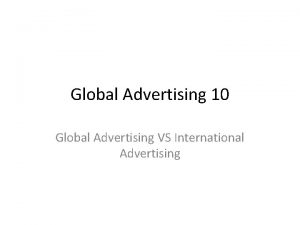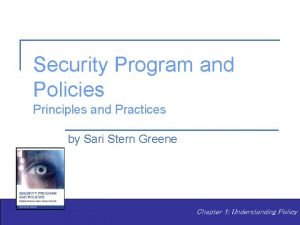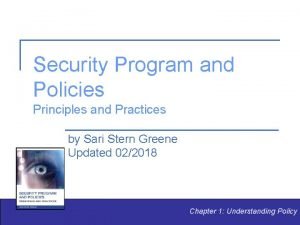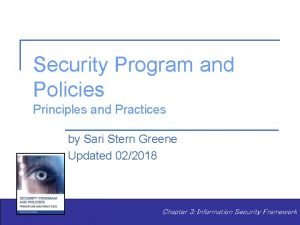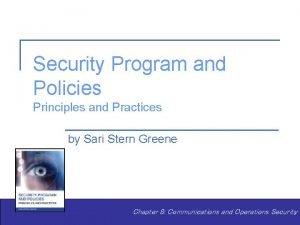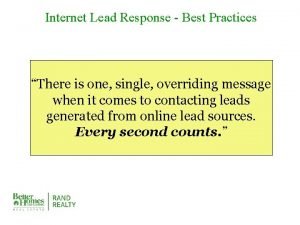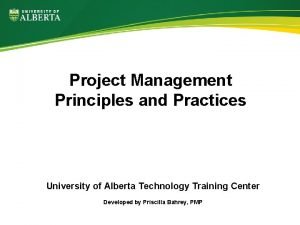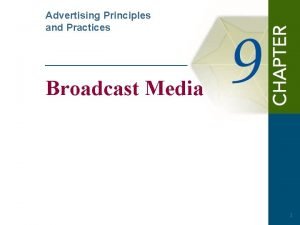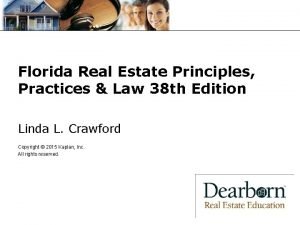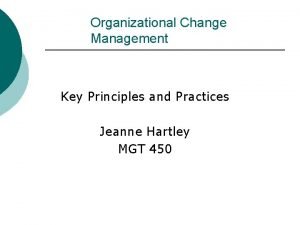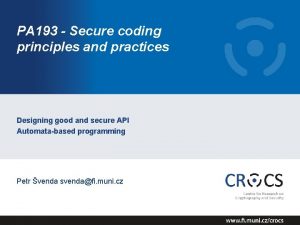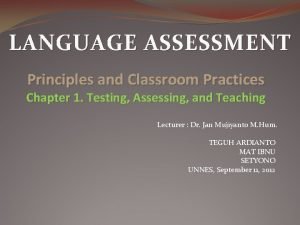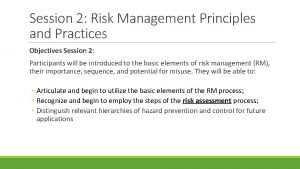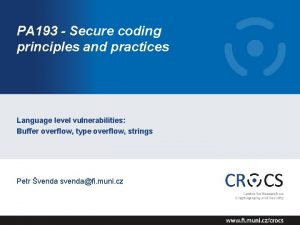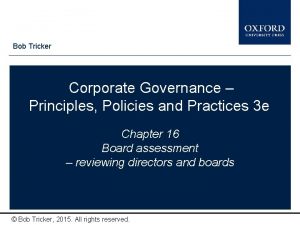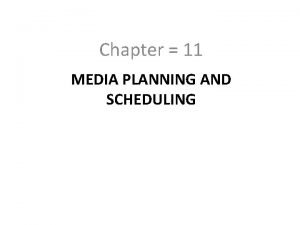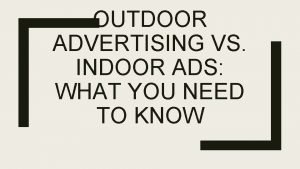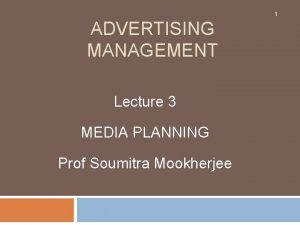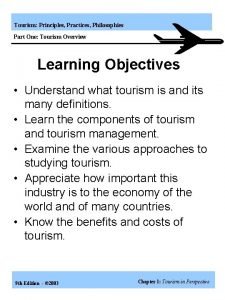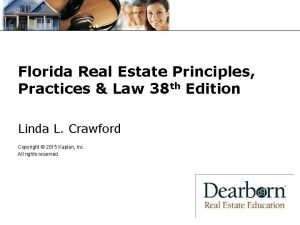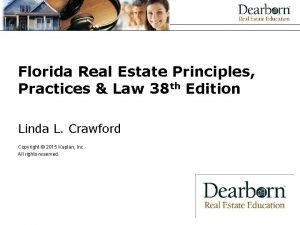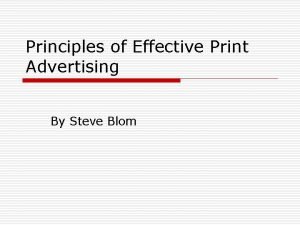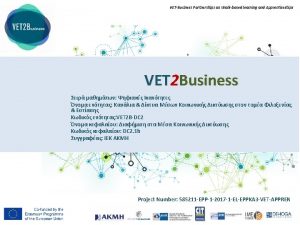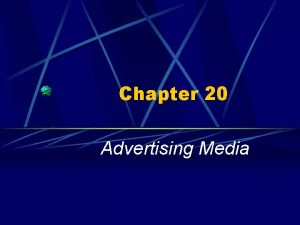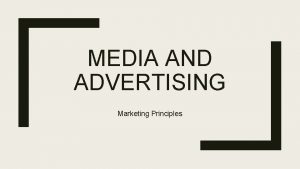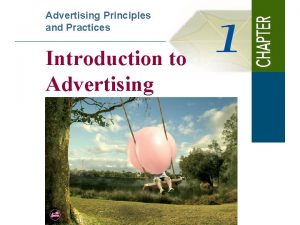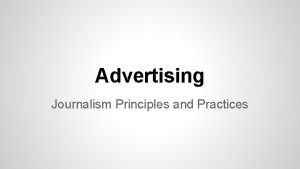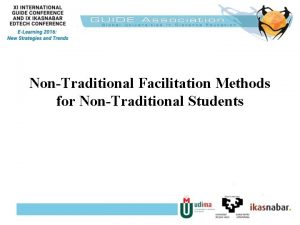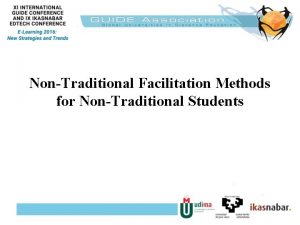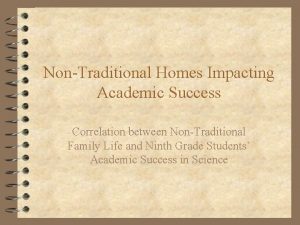Advertising Principles and Practices Internet and Nontraditional Media

































- Slides: 33

Advertising Principles and Practices Internet and Nontraditional Media 1

Questions We’ll Answer • How does the Internet work and what are the roles it plays in marketing communication? • How does Internet advertising work? • How does email advertising work? • In what ways are the different forms of interactive and alternative new media changing how advertising works? Prentice Hall, © 2009 2

e. Bay Revolutionizes the Marketplace • e. Bay founder Pierre Omidyar sold a broken laser pointer via the Internet for $13. 83 in 1995. • After building business by word of mouth, the first e. Bay ad campaign ran in 2002. Visit the • e. Bay’s campy “Do It Site e. Bay” campaign was followed by the “it” campaign Prentice Hall, © 2009 10 -33

Interactive Media: Web 2. 0 • Media planners are trying to understand how the rapidly changing media landscape will affect advertising. • Web 2. 0 refers to the trend toward social networking and entertainment sites. • The convergence and blurring of media forms is challenging media planners. • Big media companies are acquiring Internet businesses to extend their online offerings and allow cross-media promotions. Prentice Hall, © 2009 4

Internet Basics • By 2004, 60% of homes had computers, compared to 50% in 2000. • Computers have revolutionized communication. • Internet—a linked system of international computer networks. • World Wide Web—the information interface that allows people to access the Internet through an easy-to-use graphical format. Prentice Hall, © 2009 5

Internet Tools and Formats • Company Web site/home page • URLs (Uniform Resource Locator) and domain names • Portals (e. g. , Yahoo! or Google) • Search Engines • Chat Rooms • Blogs • Vlogs (e. g. , Rocketboom. com) • Netcasting (e. g. , Blip. tv) Prentice Hall, © 2009 6

The Most-Visited U. S. Web site • Started as a group of favorite Web sites by two Stanford students • About 122 million visitors per month Visit the Site Prentice Hall, © 2009 10 -77

The Internet Audience • Traditional media companies are concerned the Internet will cut into their audience base. • Internet encompasses sites that appeal to almost any age or interest group. • The most sought-after group is the otherwise hardto-reach youth audience; particularly young males. Prentice Hall, © 2009 8

Internet Advertising • Internet ad spending is growing in double-digit percentages, vs. traditional media in the 2– 5% range. • Predictions are that online advertising will grow to $25 billion in 2010 from $15. 9 billion in 2007. • 90% of Internet advertising is on a small group of large, established news media like nytimes. com, WSJ. com, and ESPN. com. • Double. Click, an Internet advertising service, places more than 60 billion online ads per month. Prentice Hall, © 2009 9

Replace Prentice Hall, © 2009 10

Purposes of Internet Advertising • Brand reminder to people visiting a Web site • Like an ad in traditional media, delivering information or a persuasive message • Driving traffic to the Web site by enticing people to click on a banner or button Prentice Hall, © 2009 11

Internet Advertising Formats • Banner Ads – “Click through” rates are 1– 7% – www. valleyofthegeeks. com • Skyscrapers – Extra-long, skinny ads down the side of a Web site; response rates can be 10 times traditional banner ads • Pop-ups and pop-behinds – Intrusive, annoying, less common • Minisites – Don’t have to leave current site; response rates about 5% • Superstitials – 20 -second video commercial • Widgets – Brand-sponsored news notes, calculators, and other gadgets Prentice Hall, © 2009 12

Animation Boosts Click-Throughs • Use of technology like Flash and Java script can double click-through rates • Games, contests, interviews, and music videos Visit the Site Prentice Hall, © 2009 10 -13 13

Email Advertising • It’s inexpensive and easy • Permission marketing—asking potential consumers permission to send email. – Opt in and opt out • Viral marketing—uses email to circulate a message among family and friends. • Spam—bulk email; unsolicited messages sent to email boxes. • Can be profitable. Principle: Opt-in and opt-out strategies make mass email more acceptable because customers give permission to marketers to contact them. Prentice Hall, © 2009 14

Internet Advertising Functions • E-business/e-commerce – Businesses sell products, manage their businesses • Information Role – Online publishing, encyclopedias • Entertainment Role – Games, fashion, music, videos, You. Tube, Second. Life (avatars) • Social Role – My. Space Facebook • Dialogue Role – Create two-way communication with customers – Create buzz or word of mouth between customers and potential customers Prentice Hall, © 2009 15

New Internet Practices • Offline Advertising for Web Sites – Driving traffic to Web sites using conventional media • Search Marketing – Ads adjoining results from keyword searches – Search optimization—maximizing the link between topics and brand-related Web sites • Brand Experiences on the Web – Companies are making sites more entertaining and engaging (e. g. , www. subservientchicken. com) • Webisodes – Like TV with recurring episodes in a developing story • The Global Web of Advertising – An international marketing and advertising medium – Problems include access, differing laws, language barriers, exchange rates, and technological differences Prentice Hall, © 2009 16

Nike Subsite Targets Women • Nikewomen. com addresses the specific training, shopping, and information needs of women involved in high-performance athletics. Visit the Site Prentice Hall, © 2009 17

Internet Advertising Issues • Measurement – Feedback is rapid, but with no standards for measurement. – Hits, viewers, unique viewers, and page views don’t offer insight about motivation or attention. – Consumer response is measured by click-throughs. – Internet measurement may become more like TV with daypart data, and reach and frequency tools. • Internet Targeting and Privacy – Cookies track your movements online and report back to site owners who store or sell your information. – Privacy policies outline how/if data is collected and used. Principle: Companies that keep track of their customers’ online behavior are better able to personalize their advertising messages. Prentice Hall, © 2009 18

Internet Advertising Changes and Trends • Increased bandwidth makes it easier to download rich media images. • Rich media is interactive ads that use sound, still images, and full-motion video. • Streaming video is moving images transmitted online and received through modems to computers. Prentice Hall, © 2009 19

Internet Advertising Advantages • Relatively inexpensive. • Reaches people who aren’t watching TV or reading newspapers. • Internet advertising is easy to track and effective at reaching highly targeted audiences. • Advertisers can customize and personalize messages. • For B 2 B, can provide sales leads or actual sales. • Small companies can easily and economically “look big” and compete with larger companies. Prentice Hall, © 2009 20

Internet Advertising Disadvantages • Strategic and creative experts aren’t able to consistently produce effective ads and to measure their effectiveness. • Clutter may even be worse than in other media. Prentice Hall, © 2009 21

Nontraditional Media • New media – New electronic forms of media • Alternative media – Nontraditional or unexpected communication tools and events • Because teens are often the first to use new media forms, finding new media is especially important for advertisers trying to reach the youth market. Principle: The media person’s search for new ways to deliver messages is just as creative as the creative person’s search for new advertising ideas. Prentice Hall, © 2009 22

Alternative Media Chart Prentice Hall, © 2009 10 -23 23

Nontraditional Marketing: Guerilla Marketing • Unconventional, low-budget brand activities • Get people where they live and work and play, create a personal connection • Intended to create buzz on a limited budget • Usually has limited reach but potential high “targetability” • 2007 Cartoon Network’s Aqua Teen Hunger Force promo created a bomb scare in Boston Prentice Hall, © 2009 24

Nontraditional Marketing: Advertainment • When companies integrate brands into theme of TV shows – Fed. Ex in Castaway – GEICO cavemen show • Also called branded entertainment • Situational or contextual ads – Embedded in specific programs – Harder for the viewer to dismiss as ads – Product is a character in the program Prentice Hall, © 2009 25

Nontraditional Marketing: Video Games • A developing, major new medium for advertisers to target 12 - to 34 -year-old males (some girls). • Opportunities to create online games as well as place products within video games. • Planners and buyers are asking for standardized independent data that prove effectiveness. Prentice Hall, © 2009 26

Nontraditional Marketing: Wi-Fi and Mobile Marketing • Cell phones feature new products like graphic faceplates and specialty ring tones, and can play videos supported by advertising. • Mobile marketing uses wireless media to deliver content and encourage direct response. • Text messaging and instant messaging. • Hybrid technologies like podcasting. Prentice Hall, © 2009 27

Nontraditional Marketing: Nonelectronic New Media • Ads are appearing on backs of toilet stalls, eggs cartons, apples, subway turnstiles, pizza boxes, airline seatbacks, motion sickness bags, the bottoms of flipflops, NASCAR race cars. • NASA considering printing emblems and logos on space shuttle and space station. • Your. Name. Into. Space. org will put your logo on satellites. Prentice Hall, © 2009 28

Discussion Questions 29

Discussion Question 1 • One interesting way to combine the assets of print and broadcast is to use the visuals from a print ad or a television commercial in an Internet ad. • Why would an advertiser consider this creative strategy? • What limitations would you mention? • In what situations would you recommend doing this? Prentice Hall, © 2009 30

Discussion Question 2 • This chapter briefly discussed the concept of rich media. Visit various sites related to Internet marketing and find out what is being said about this new form. • Start with the Interactive Advertising Bureau (IAB), which you can find at http: //www. iab. com and Double. Click at http: //www. doubleclick. com. • Then find several other sites that have discussions on this topic. • Put together a report entitled “Rich Media and Its Advertising Implications” for your instructor. Prentice Hall, © 2009 31

Discussion Question 3 • Three-minute debate: You are a sales rep working for a college newspaper that has an online version. How would you attract advertising? One of your colleagues says there is no market for online advertising for the paper, but you think the paper is missing an opportunity. Consider the following questions: – What companies would you recommend to contact? – How can Internet sites like your online newspaper entice companies to advertise on them? – What competitive advantage, if any, would Web advertising for your paper provide? • In class, organize into small teams with each team developing an argument on the advantages and disadvantages of Internet advertising. Set up a series of debates with each team taking half the time to argue its position. Every team of debaters has to present new points not covered in the previous presentations until there are no arguments left to present. Then the class votes as a group on the winning point of view. Prentice Hall, © 2009 32

All rights reserved. No part of this publication may be reproduced, stored in a retrieval system, or transmitted, in any form or by any means, electronic, mechanical, photocopying, recording, or otherwise, without the prior written permission of the publisher. Printed in the United States of America. Copyright © 2009 Pearson Education, Inc. Publishing as Prentice Hall, © 2009 33
 Udl nontraditional students
Udl nontraditional students Nontraditional manufacturing processes
Nontraditional manufacturing processes Global advertising and international advertising
Global advertising and international advertising Security program and policies principles and practices
Security program and policies principles and practices Security program and policies principles and practices
Security program and policies principles and practices Security program and policies principles and practices
Security program and policies principles and practices Security program and policies principles and practices
Security program and policies principles and practices Security program and policies principles and practices
Security program and policies principles and practices Internet lead response best practices
Internet lead response best practices Project management principles and practices
Project management principles and practices Broadcasting principles and practices
Broadcasting principles and practices Florida real estate principles practices and law download
Florida real estate principles practices and law download Project management principles and practices
Project management principles and practices Change management principles and practices
Change management principles and practices Exposure incident cosmetology
Exposure incident cosmetology Language assessment principles and classroom practices
Language assessment principles and classroom practices What is this
What is this Summative evaluation
Summative evaluation Risk management principles and practices
Risk management principles and practices Secure coding principles and practices
Secure coding principles and practices Corporate governance principles policies and practices
Corporate governance principles policies and practices Advertising media planning and scheduling
Advertising media planning and scheduling Indoor advertising meaning
Indoor advertising meaning Pulsing scheduling examples
Pulsing scheduling examples Tourism: principles, practices, philosophies
Tourism: principles, practices, philosophies Florida real estate principles practices & law 43rd edition
Florida real estate principles practices & law 43rd edition 8 principles of evidence based practices
8 principles of evidence based practices Florida real estate principles practices & law
Florida real estate principles practices & law Florida real estate principles practices & law
Florida real estate principles practices & law Florida real estate principles practices & law 43rd edition
Florida real estate principles practices & law 43rd edition Florida real estate principles practices
Florida real estate principles practices Principles of good layout
Principles of good layout Internet or internet
Internet or internet Conclusion of advertising media
Conclusion of advertising media


